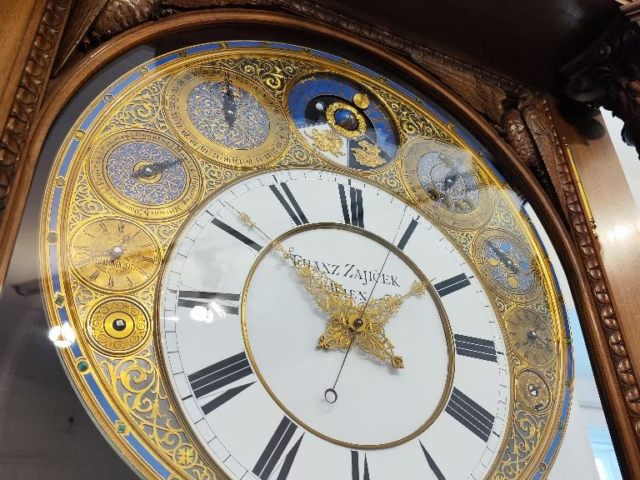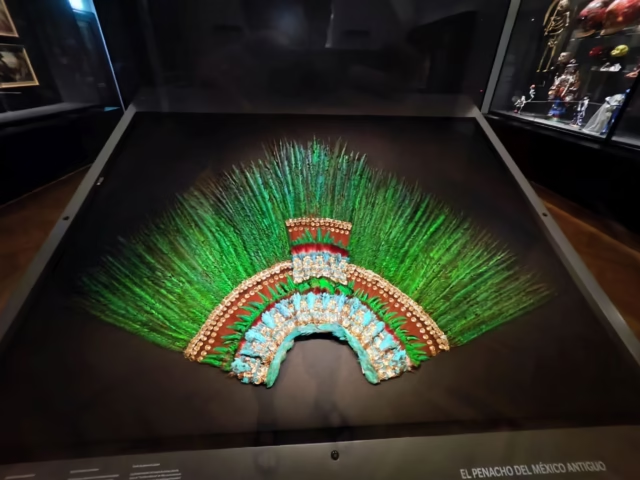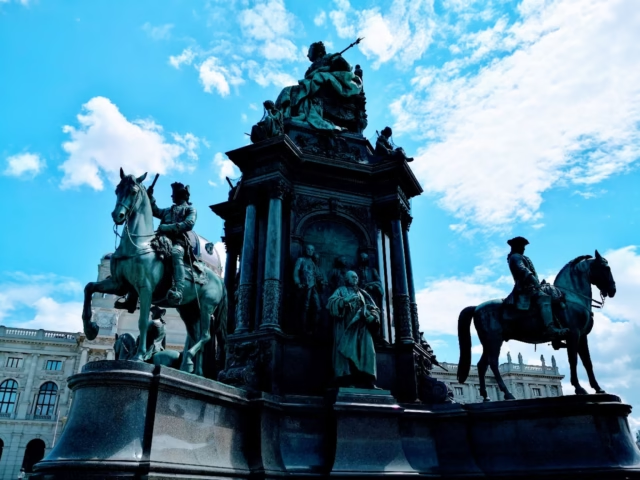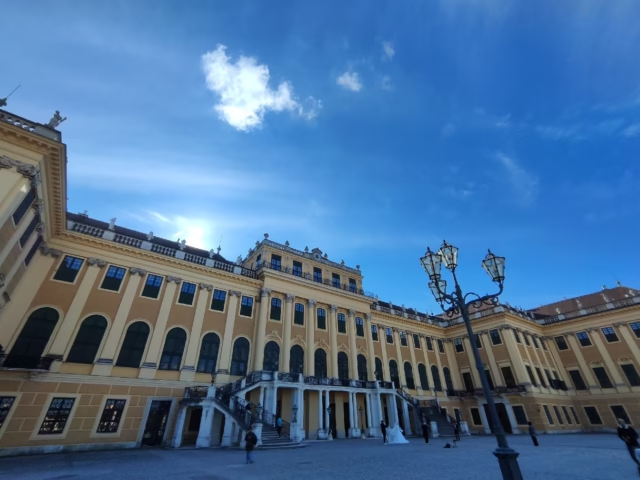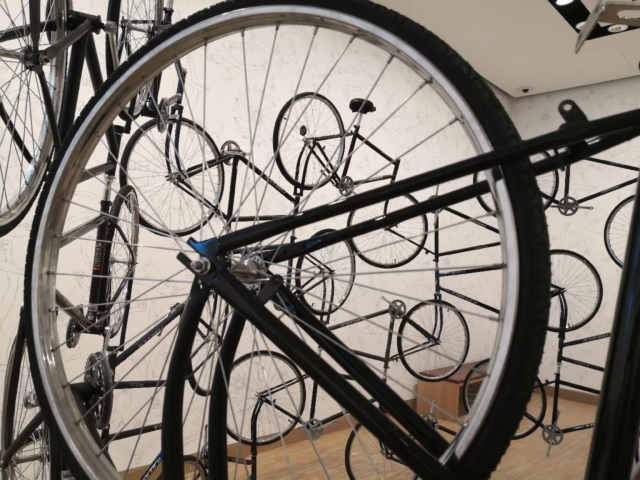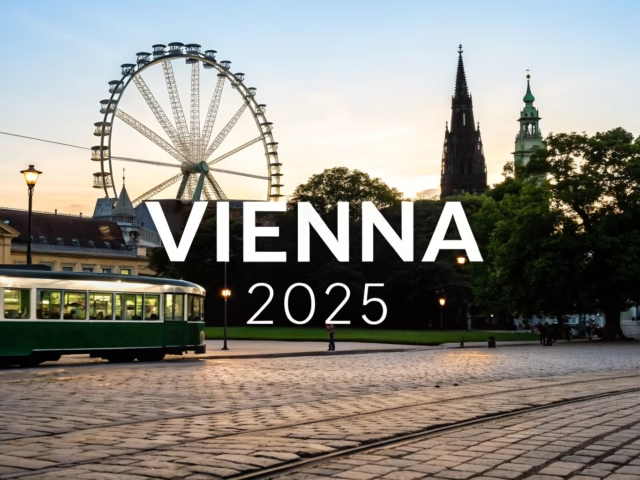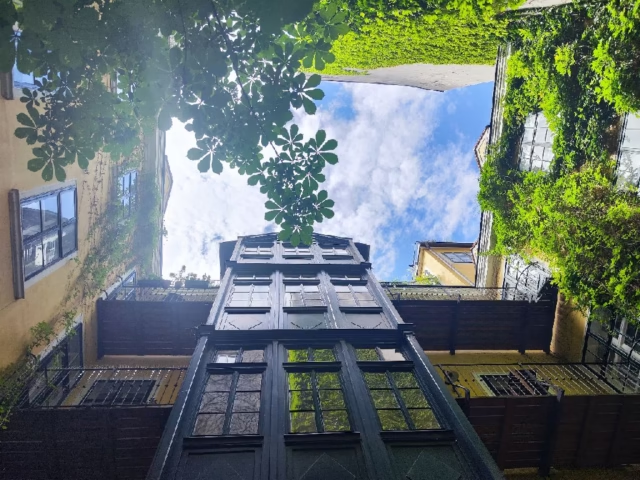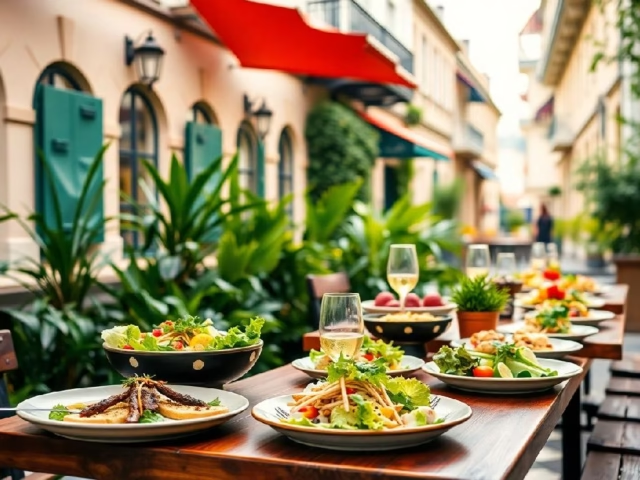Welcome to Vienna!
Vienna, the capital of Austria, is a city that beautifully marries the grandeur of its imperial past with a vibrant, contemporary culture. As the largest city in Austria and one of Europe’s most enchanting capitals, Vienna is renowned for its stunning architecture, rich history, world-class music, and culinary delights. Located in the eastern part of the country, along the banks of the Danube River, Vienna serves as a cultural and political hub of Austria and a gateway to the rest of Europe.
Austria at a Glance
Austria, officially the Republic of Austria, is a landlocked country in Central Europe, bordered by Germany, the Czech Republic, Slovakia, Hungary, Slovenia, Italy, Switzerland, and Liechtenstein. Known for its alpine landscapes, classical music heritage, and historic cities, Austria is a destination that appeals to both nature lovers and history enthusiasts. With a population of approximately 9 million, the country has a rich cultural heritage that dates back to the days of the Habsburg Empire, one of Europe’s most influential royal dynasties.
Welcome to Vienna, a city steeped in history, culture, and beauty. As a first-time visitor, you’re about to experience a world of grandeur and elegance. From the grandeur of its palaces to the charm of its cultural treasures, Vienna is a destination that promises an unforgettable journey. This Vienna travel…
View moreVienna has transformed into one of Europe’s most bicycle-friendly capitals, and the numbers tell the story. As of 2024, about 11% of locals have made cycling their regular mode of transport, a figure that continues to climb year after year. You’ll find yourself sharing the road with both seasoned Viennese…
View moreAutumn’s Enchantment: First Impressions of Vienna Early Moments in the City You step out and the first thing that hits you is the golden canopy over the Ringstrasse and chestnut-lined promenades, the air carrying a crispness that makes lingering in a café feel inevitable—Café Central or Café Sperl become afternoon…
View moreFollow us:
INSPIRATION
Not sure where to go or what to do?
Get inspired by our posts with travel guides and tips. You will learn about new destinations and will be well prepared for your next trip.
Info about best time to visit, how much money you need, where to stay, where to eat, how safe place is for tourists and many more important pieces of information is available to read.
Embark on a Viennese Adventure Planning a trip to Vienna? This list of 10 things to do in Vienna offers a curated selection of essential experiences for every traveler. Whether you’re fascinated by imperial history, passionate about art and music, or seeking culinary delights, discover the best Vienna has to…
View moreArchitecture in Vienna is a vibrant tapestry that invites you to explore its rich history and diverse styles. As you wander through the city, you’ll be captivated by the baroque beauty of Karlskirche, marvel at the innovative elegance of Secessionist architecture and Otto Wagner’s masterpieces, and experience the whimsical charm…
View moreThis guide highlights the most romantic activities and places in Vienna for couples seeking both intimacy and adventure.
View moreVienna: A City of Music and Culture
Vienna has long been considered one of the world’s great centers of music, art, and intellectual life. The city was home to legendary composers such as Mozart, Beethoven, and Strauss, and it continues to celebrate this legacy with numerous concerts, operas, and music festivals throughout the year. The Vienna State Opera and Musikverein are iconic venues where visitors can experience world-class performances.
The city’s historic center, a UNESCO World Heritage site, is a testament to its imperial past. Visitors can explore magnificent palaces like the Hofburg and Schönbrunn, stroll through the elegant streets of the Innere Stadt, and marvel at the Gothic splendor of St. Stephen’s Cathedral.
May 2025 in Vienna is packed with culture, music, tradition, and energy. Whether you’re into classical opera, indie film, punk rock, or elegant ballroom dancing, the city delivers something for every kind of visitor. From world-class performances at the State Opera to historic balls in Vienna’s grand halls, and from…
View moreVienna, a city renowned for its classical music, imperial history, and rich coffee culture, is also a paradise for book lovers. From stunning Baroque libraries to cozy indie bookstores, the city offers countless literary treasures waiting to be explored. Whether you’re a casual reader, a history buff, or a serious…
View moreMany visitors to Vienna are often surprised by the vibrant vegan and vegetarian scene that the city has to offer. If you’re looking to indulge in delicious and sustainable cuisine, you’ll find a range of delightful dining options that cater to your dietary preferences. From cozy cafes to upscale eateries,…
View moreCuisine and Cafés
Vienna is also famous for its café culture, where you can enjoy a slice of Sachertorte (a rich chocolate cake) with a cup of Viennese coffee. Traditional Austrian cuisine is hearty and flavorful, with dishes like Wiener Schnitzel, Tafelspitz, and Apfelstrudel being must-tries. The city’s markets, such as the Naschmarkt, offer a delightful array of local and international foods, making it a haven for foodies.
Modern Vienna
While Vienna is steeped in history, it is also a dynamic, modern city. The Museum Quarter (MuseumsQuartier) is a vibrant cultural complex that hosts cutting-edge contemporary art exhibitions, while the city’s innovative architecture and design showcase Vienna’s forward-thinking spirit. The green spaces, such as Prater and Schönbrunn Gardens, provide a peaceful retreat from urban life, and the Danube Island is a popular spot for outdoor activities.
Exploring Austria
Beyond Vienna, Austria offers a diverse array of attractions. The alpine regions of Tyrol and Salzburg are perfect for skiing, hiking, and exploring picturesque villages. Salzburg, the birthplace of Mozart, is known for its baroque architecture and the annual Salzburg Festival. The Danube Valley, with its rolling vineyards and historic castles, is another highlight, especially for those who enjoy scenic river cruises.
Practical Information
- Language: German (Austrian German)
- Currency: Euro (€)
- Climate: Austria experiences four distinct seasons, with warm summers and cold, snowy winters. Vienna has a temperate climate, with average temperatures ranging from -1°C (30°F) in January to 25°C (77°F) in July.
- Getting Around: Vienna’s public transport system is efficient and easy to navigate, with trams, buses, and a metro system (U-Bahn) that connects all parts of the city. Austria’s rail network is extensive, making it convenient to travel between cities and regions.
Whether you are drawn by the imperial history, the classical music, the culinary delights, or the stunning landscapes, Vienna and Austria have something to offer every visitor. From the grand palaces of Vienna to the alpine peaks of the Tyrol, the charm of Austria lies in its ability to seamlessly blend the old with the new, offering an experience that is both timeless and contemporary.
TOP AUSTRIA LOCATIONS
Gmunden
Explore Gmunden, a picturesque lakeside town on Lake Traunsee in Upper Austria. Famous for its Traunsee views, historic Gmunden ceramics, Ort Castle, and relaxed alpine atmosphere — a perfect getaway for nature lovers and culture seekers alike.
Graz
Graz, the capital of Styria, is Austria’s second-largest city with a population of less than 300,000. The city has served as an important economic and cultural hub for Styria, Austria, and Slovenia, and its residents include luminaries as diverse as Nikola Tesla and Arnold Schwarzenegger.
Innsbruck
Innsbruck, the capital of the state of Tyrol has all the amenities of a modern metropolis, but is still so compact that leaving it will put you in the heart of the majestic Alps in under ten minutes.
Innsbruck-Land
The Innsbruck-Land is an administrative district in Tyrol, Austria. It encloses the Statutarstadt Innsbruck, and borders Bavaria in the north, the district Schwaz in the east, South Tyrol in Italy to the south, and the district of Imst in the west.
Linz
Linz is the capital of Upper Austria (Oberösterreich) and the major city in Austria’s second-strongest economic region, located on the river Danube (Donau). Despite its prominence as an economic hub, Linz’s historic district is rather photogenic. Its canter square is the largest in all of Austria, and it is flanked by a stunning collec…
Salzburg
Salzburg is an Austrian city close to German border and with views of the Eastern Alps. The town is bisected by the Salzach River, with old city, ‘Altstadt’ sitting on the left bank and new city, ‘Neustadt’ on its right bank. Salzburg is globally known as a birthplace of the most famous classical composer – Mozart. His birthplace hous…
Schwechat
Discover Schwechat, Austria — a vibrant town just outside Vienna, known for Vienna International Airport, local breweries, scenic riverside trails, and easy access to both city and countryside. Perfect for travelers seeking convenience, history, and authentic Austrian charm.
Vienna
Vienna, Austria’s capital, is one of the places that will charm you on a first sight and will compel you to come back to it to discover more. Elegantly seated on the banks of river Danube, this ancient city is alive with art, music and historical sites.
Zell am See
Discover Zell am See, one of Austria’s most stunning alpine resorts. Enjoy year-round adventures — from skiing on the Kitzsteinhorn Glacier to swimming in Lake Zell — surrounded by breathtaking mountain scenery and charming Austrian hospitality.

